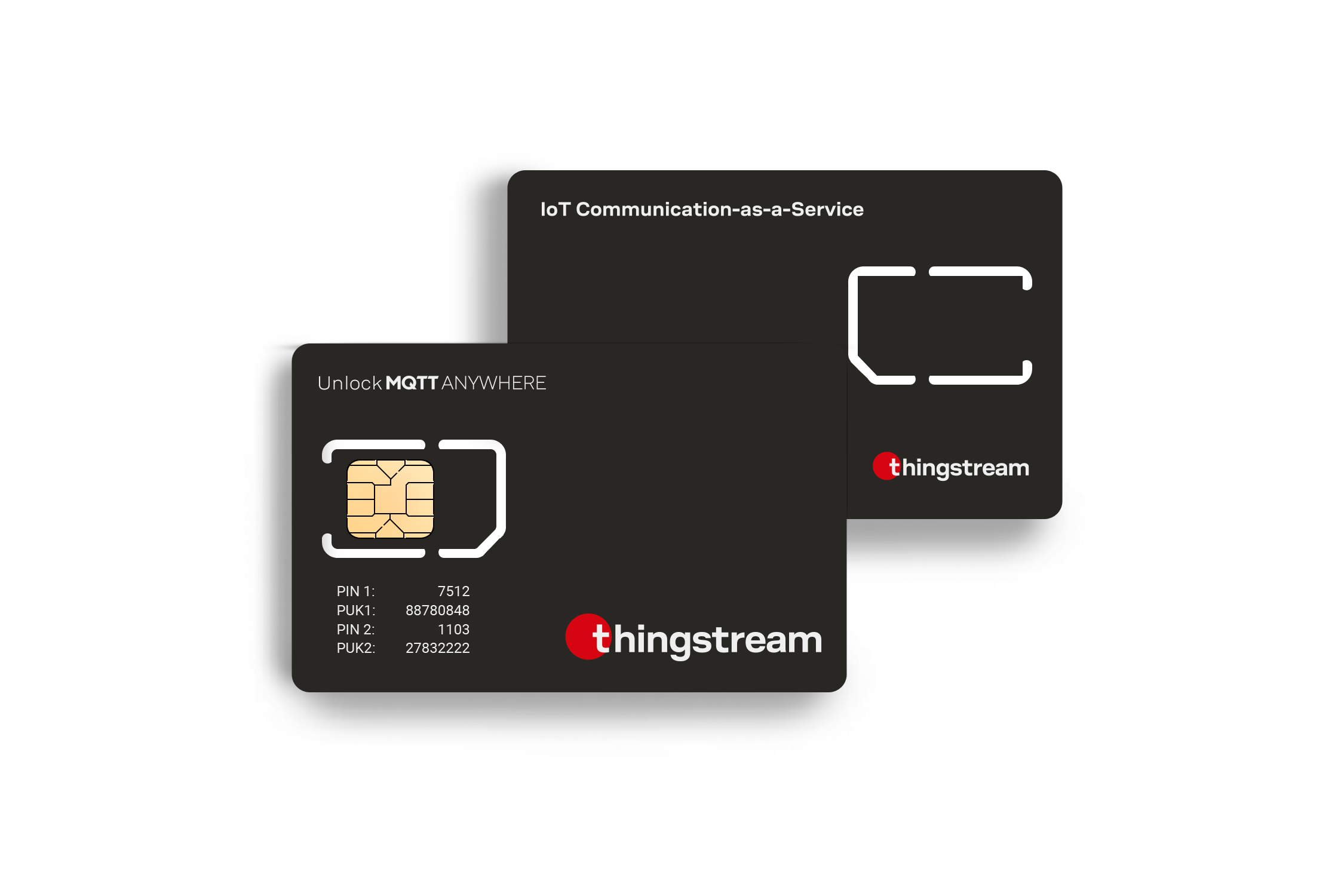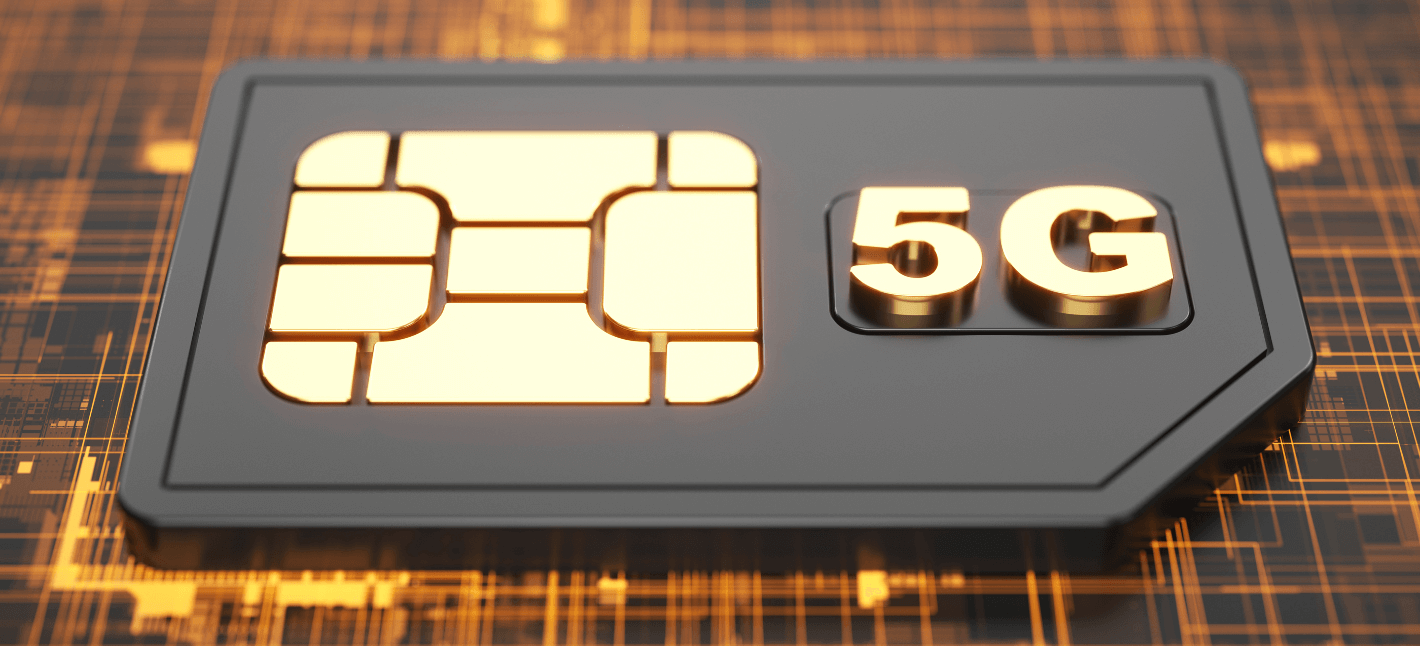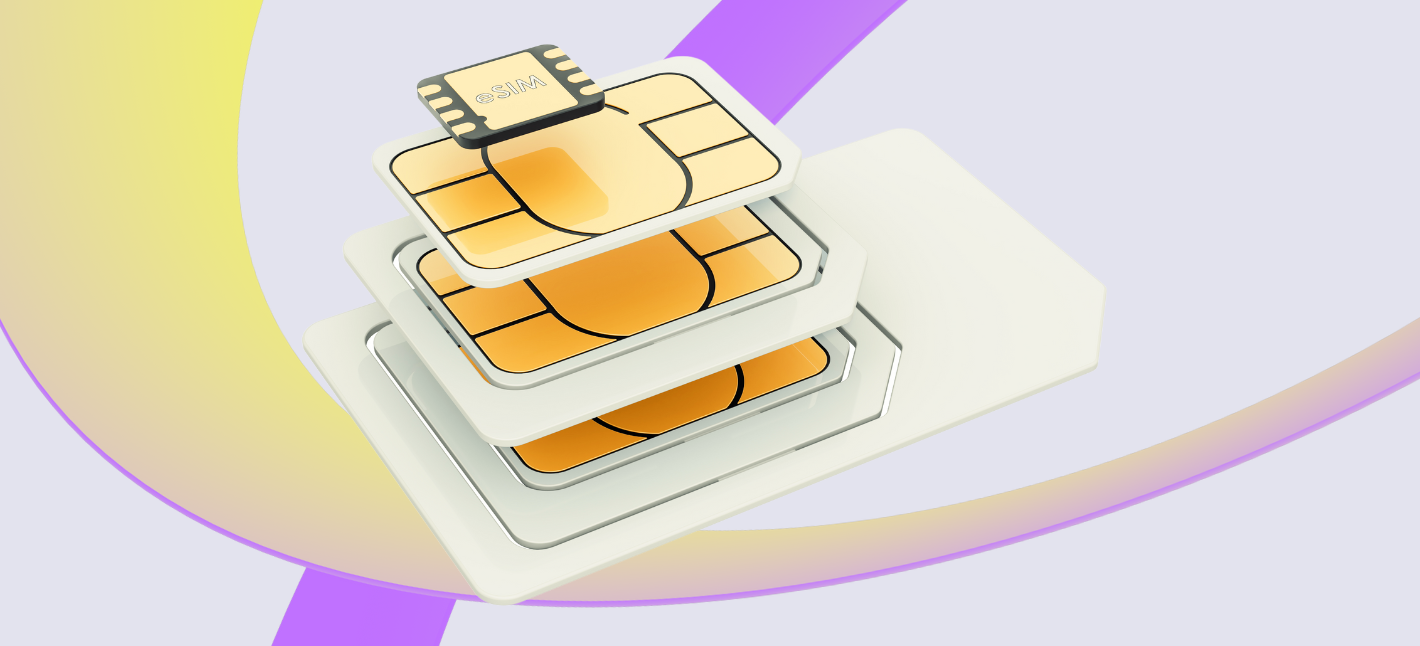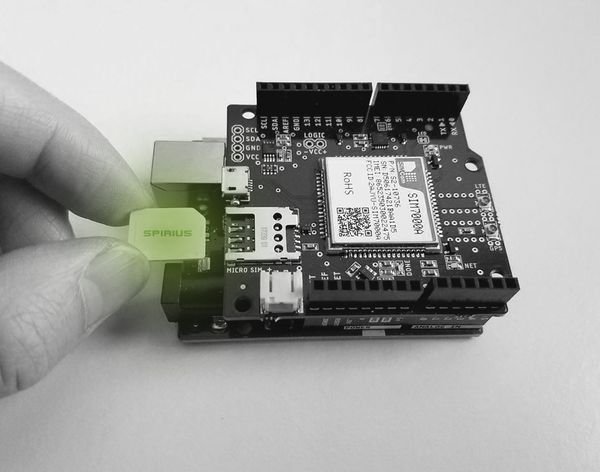IoT Connectivity Comparison Overview of IoT Connectivity
IoT Connectivity Service Providers Securing IoT Connectivity Solutions
The Internet of Things (IoT) represents a transformative shift in how units work together and talk. Understanding how IoT connectivity works is essential to understand the implications and potential of this expertise. IoT refers to a community of interconnected devices outfitted with sensors, software program, and different technologies that enable them to collect and exchange knowledge over the Internet.
In essence, IoT connectivity facilitates communication between various gadgets and platforms, enabling them to share information seamlessly. This interconnectedness extends beyond simple units to incorporate advanced techniques like smart properties, industrial machines, and even entire cities. As such, the infrastructure that supports IoT should deal with an unlimited quantity of information and connections simultaneously.
For IoT systems to function effectively, they utilize numerous communication protocols similar to Wi-Fi, Bluetooth, Zigbee, and cellular networks. Each of those protocols has strengths and weaknesses tailor-made to particular use circumstances (Industrial IoT Connectivity). Wi-Fi is prevalent in home and workplace settings due to its high information switch rates, while Bluetooth is extra suitable for short-range applications, like wearable gadgets.
Zigbee and LoRaWAN are vital in smart city functions as a end result of their low power necessities and skill to transmit data over lengthy distances. These protocols contribute to the grid of units that constantly relay info to improve performance and performance. For instance, smart meters utilize these protocols to send crucial data to utility firms, aiding in efficient energy administration.
IoT Connectivity Technologies Benefits and Use Cases of IoT Connectivity Technologies
The data collected by IoT gadgets often undergoes processing earlier than it can be utilized. Edge computing is a mannequin the place data processing happens near the info's source quite than a centralized knowledge heart. By processing knowledge on the edge, latency is reduced, and bandwidth is saved, as solely essential info is sent to the cloud. This model proves helpful in scenarios requiring real-time analysis, similar to autonomous autos or smart manufacturing.
Cloud computing complements IoT connectivity by offering expansive storage capability and analytics capabilities. Once the data has been analyzed, actionable insights could be derived to tell decision-making processes. For occasion, in healthcare, connected medical units can monitor sufferers and alert healthcare suppliers if pressing action is needed.
Security stays a important concern in IoT connectivity. As devices turn out to be extra interconnected, the potential assault surfaces multiply, making them attractive targets for cybercriminals. Implementing strong safety protocols, corresponding to encryption, two-factor authentication, and regular firmware updates, is essential to safeguarding sensitive information. The shared vulnerability of connected devices signifies that safety should be thought of at every stage of the IoT development and deployment process.
Interoperability is another vital problem within the IoT panorama. Various producers and repair suppliers could utilize different protocols and standards, which can create obstacles in seamless communication. Open standards and frameworks are being developed to mitigate these issues, enabling units from totally different producers to work collectively harmoniously. This cooperation can considerably improve consumer expertise and general system efficiency.
M2M IoT Connectivity Smart Connectivity for IoT Services

The benefits of IoT connectivity permeate varied industries, providing alternatives for efficiency and innovation. In agriculture, IoT sensors can monitor soil moisture and climate conditions, permitting farmers to optimize irrigation and reduce waste. In manufacturing, real-time monitoring methods can forecast tools failures, helping to maintain continuous manufacturing.
Smart cities leverage IoT connectivity to enhance urban residing. Traffic management methods can analyze real-time information to optimize visitors move and cut back congestion. Similarly, smart waste management methods make the most of sensors to monitor waste levels, making certain timely pickups and useful resource effectivity. These innovations show how IoT connectivity can enhance daily life on a number of ranges.
IoT Connectivity Control Knowledge Zone for IoT Connectivity
Despite its potential, the IoT panorama remains to be evolving, with ongoing analysis and development aimed at understanding and addressing its challenges. As more devices come online, the need for scalable and sustainable connectivity becomes increasingly very important. This interconnected future requires collaboration amongst technologists, policymakers, and business leaders to make certain that the advantages of IoT are realized safely and inclusively.
In conclusion, understanding how IoT connectivity works encompasses greater than merely greedy technical particulars. It contains recognizing the implications of this interconnected world, the necessity for sturdy safety, and the challenges of interoperability. As expertise advances, the transformative potential of IoT will proceed to redefine industries and reshape day by day life, ushering in a new period of connectivity and innovation. The ongoing growth of IoT expertise means that we're solely initially of a journey that holds thrilling prospects for the long run.
- IoT connectivity relies on various communication protocols such as MQTT, CoAP, and HTTP, which facilitate data exchange between gadgets and servers effectively.
- Devices geared up with sensors gather knowledge and utilize network connectivity, either by way of Wi-Fi, cellular, or low-power wide-area networks (LPWAN), to transmit this data.
- Cloud platforms play a crucial position in IoT connectivity, allowing for centralized data storage, processing, and administration, which may be accessed by approved users via the internet.
- The integration of edge computing enhances IoT performance by processing knowledge closer to the source, lowering latency and bandwidth utilization.
- Security measures, including encryption and authentication, are essential in IoT connectivity to guard delicate data from unauthorized entry and potential cyber threats.
- Interoperability standards allow disparate IoT units from different producers to speak and work together seamlessly inside a unified system.
- API (Application Programming Interface) integrations permit IoT units to interact with third-party functions, enriching general functionality and information analysis capabilities.
- Network topology, which describes the association of related IoT devices, impacts total system performance, reliability, and scalability.
- Real-time data analytics is commonly performed on information aggregated from linked units, enabling predictive maintenance, smart decision-making, and improved operational effectivity.
- Various IoT platforms, similar to AWS IoT and Google Cloud IoT, provide tools and companies that simplify the deployment and administration of IoT connections and devices.undefinedHow does IoT connectivity work?
What is IoT connectivity?
IoT Connectivity Platform Future of IoT Technology Connectivity
IoT connectivity refers back to the means by which units communicate and share knowledge over the Internet. It entails various networking technologies, together with Wi-Fi, cellular networks, and low-power wide-area networks (LPWAN), enabling devices to trade data seamlessly.
What devices can hook up with IoT networks?
IoT Connectivity Security Providers of Cellular IoT Connectivity
Almost read the full info here any system can connect with IoT networks so long as it has sensors and internet connectivity. Common examples embody smart home equipment, wearables, industrial machines, and vehicles, all designed to collect and transmit knowledge - IoT Sim Connectivity.

How does information travel in IoT networks?
Data in IoT networks travels by way of a number of layers of expertise, starting from the device’s sensors, shifting by way of gateways or hubs, and eventually reaching cloud servers the place it can be processed and analyzed, facilitating real-time decision-making.
Managed IoT Connectivity Services Future of IoT Technology Connectivity
What are the security measures in IoT connectivity?
Security measures in IoT connectivity sometimes embody encryption, device authentication, secure boot processes, and regular software program updates. These protocols are important to protect devices from unauthorized access and guarantee information integrity.
Can IoT gadgets operate without internet?
While many IoT units depend on web connectivity for real-time information change, some can operate on local networks or within local processing methods. However, they might have restricted performance and interoperability with out internet access.
IoT Connectivity Technologies Overview and Definition of IoT Connectivity

What role does cloud computing play in IoT connectivity?
Cloud computing performs a crucial function in IoT by providing storage, processing energy, and analytical tools that enable large quantities of knowledge collected from devices to be processed and utilized successfully, enabling insights and automation.
Are there standards for IoT connectivity?
Yes, various standards and protocols exist for IoT connectivity, together with MQTT, CoAP, and Zigbee. These ensure interoperability between units and networks, selling seamless integration and communication among completely different IoT methods.
IoT Connectivity Types Essential Types of IoT Connectivity
How can I ensure my IoT gadget is compatible with my network?
To ensure compatibility, verify the gadget specifications for supported connectivity choices like Wi-Fi frequencies, Bluetooth variations, or cellular standards. Additionally, consult your community provider relating to compatibility with completely different IoT technologies.

What are the challenges in IoT connectivity?
Challenges in IoT connectivity embody points related to safety, scalability, interoperability, and knowledge management. Addressing these challenges is essential for the Full Report profitable deployment and operation of IoT methods across various industries.